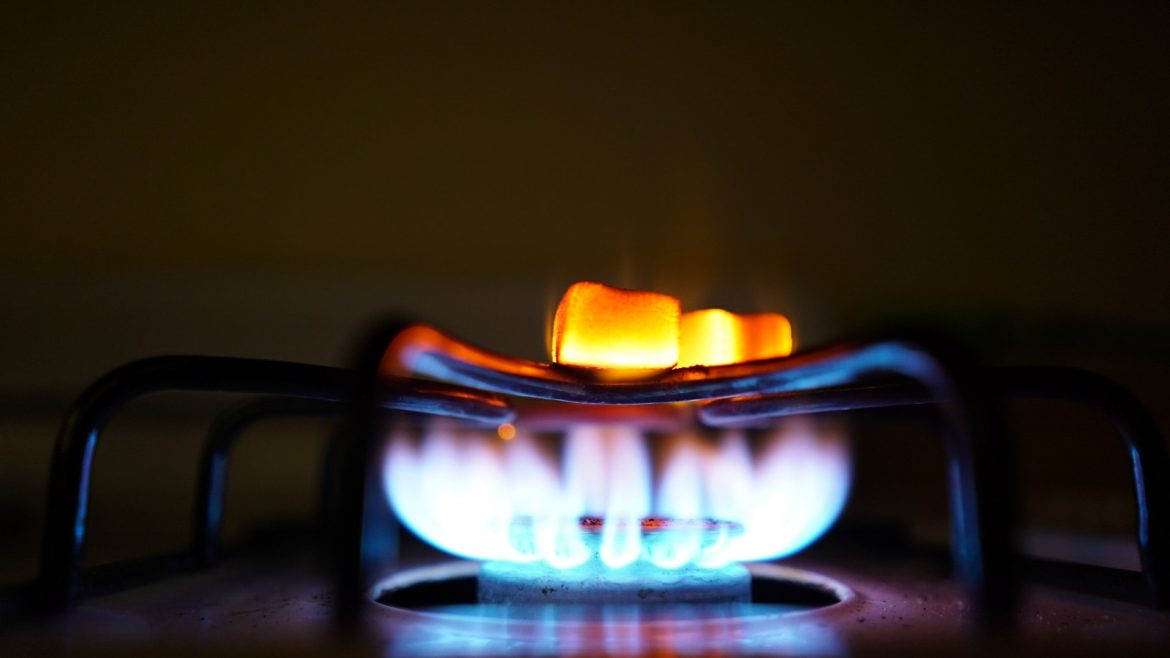The LNG (liquefied natural gas) market has existed for 30-50 years. However, over the past 10 years, this industry has gained incredible popularity. Energy consumption is shifting towards more environmentally friendly fuels, that is, towards renewable energy sources: solar energy, hydropower, bioenergy, nuclear energy and others. However, the amount of green energy generated will not increase as quickly as the share of oil, fuel oil and coal consumption will decrease. Humanity is abandoning non-environmentally friendly sources faster than it is possible to replace with alternative options. The resulting shortage can lead to gas being used as the most environmentally friendly traditional energy source.
The volume of gas consumption is growing every year. Demand is expected to increase by 45% by 2030. The demand for gas is conditioned not only on the demand by the power industry, but also on the use of this fuel as a motor fuel. For example, the USA and Russia have developed a program and even adopted a maritime convention for the conversion of sea-going vessels to gas fuel. Limiting emissions in the sea also stimulates the transition to greener options. For example, from 2023, a limit on engine emissions has been established in the Baltic Sea. Also, the demand driver is the global trend for eco-friendly cars.
Delivery of gas to consumers is becoming an urgent task for gas producing companies. There are two ways to solve this problem.
- The first is delivery by means of a gas pipeline. In this case, there must be favorable geographic conditions, that is an economically advantageous mutual location of the gas deposits and its consumers. Mostly Russian deposits correspond to such conditions. Russia has a unique geographic location with the main consumers from all majpr gas consuming parts of the world near-by (Asia and Europe).
- The second way is gas liquefaction and transportation by gas carriers. In this case, it is necessary to design liquefaction production facilities for the deposit. Simply put – factories. At the design stage of the plant, it is necessary to understand what technology will be used for liquefaction. Equipment suppliers will be selected depending on the technology.
LNG technology is a complex process that varies greatly from liquefaction volumes. There are factories with a small liquefaction volume of up to 1.5 million tons per year, there are factories with large liquefaction volumes (10 million or more). Today only 4 companies have unique liquefaction technologies: Air Products (USA), Shell (Netherlands and Britain), Linde AG (Germany), ConocoFilips (USA). However, this list will be updated with new names. For example, the Russian company Novatek is currently developing its own liquefaction technology. This company will be able to take a leading place among others, subject to the success of their development.
The LNG industry, in addition to building a plant with a specific liquefaction technology, also needs the production of gas carriers. We will not go into details of this industry, but note that this area requires a complex technological process. This is due to the need to control and comply with the specified thermodynamic parameters during transportation.
Liquefied natural gas export volumes have recently increased by 30%. The main consumer countries are Japan, China, South Korea, Taiwan, India. According to data for 2016, Japan consumes somewhere in the order of 30%. This country is an island state, so the issue of transportation is very acute for them. The main LNG producers are Qatar, Australia, Malaysia, Algeria, USA, Nigeria, Russia. Many of these leaders, due to their geographic location, cannot provide pipeline gas. Therefore, both from the point of view of the supplier and from the point of view of the consumer, the relevance of LNG is beyond doubt.
The LNG market will only grow for at least the next 10 years. During this time, no source of alternative energy will be able to meet the demand, despite the diligence of the scientific community. There are a lot of gas reserves on the planet. Many deposits have not yet been explored and developed. Now a fierce struggle is being waged for the Arctic, since about 30% of the world’s gas reserves are located on its shelf. The explored gas fields will last for the next 150-200 years.
by Oleg Yakimov

